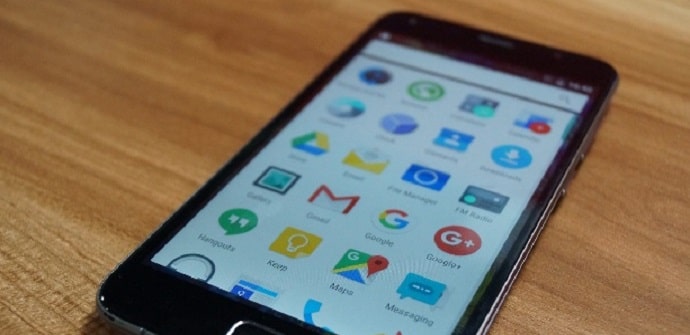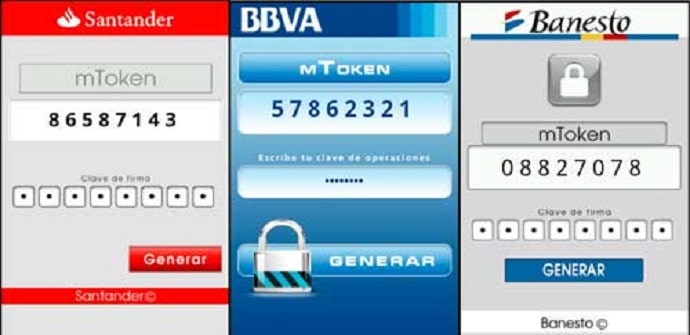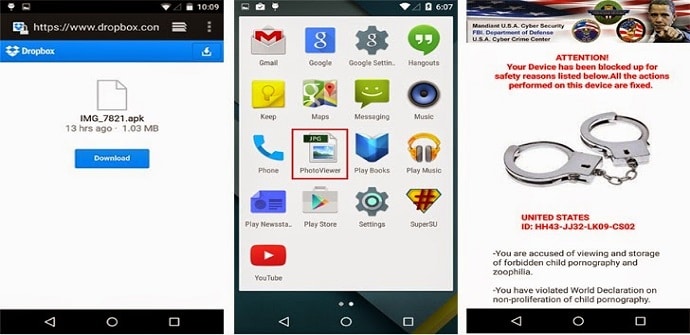
In order for you to know all the threats that exist against Android and to prevent the impact that dozens of harmful elements can cause on the tablets and smartphones that we use every day, we often tell you about the new viruses that appear and tell you how They consist of, how they can affect the terminals and also, how to prevent their attack. And we all know that security is key when it comes to making the most of these supports that, in the case of green robot software, we can encrypt in more than XNUMX million activated terminals of all sizes, signatures and characteristics.
A few weeks ago we introduced you to Hummingbad, a malware created by a company that turned infected terminals into zombies that reported hundreds of thousands of dollars of income to its developers, from China. Today is the turn of Fakebank, an old acquaintance by those of Mountain View but that has been modified and has made the leap to Android one more time. Next we tell you more about its characteristics and we tell you what its incidence may be and once again, we help you prevent it.

From
Emerged at first on computers. In recent years, different versions of this virus have appeared whose main objective is to portable devices. According to the Symantec security portal, dependent on Norton, the most recent family of this malware appeared in March.
How does it attack?
In the first moment, Fakebank, as its name suggests, it was created for impersonation, fraudulent use of bank details and theft of funds from the accounts of the attacked devices. Another of its most dangerous aspects is the fact that it performs all kinds of financial operations under our identity. However, with the update of this malware, its developers have added one more function that makes its eradication difficult: Once we have known about the attack, the terminals are blocked and it is impossible to notify the entity so that it can take the appropriate measures.

How do devices get infected?
Although this virus is more dangerous than others that we are used to seeing, the entry method is very similar to that of other harmful elements. To the download an app or content from unknown websites that do not have trusted certificates, malware it installs on the tablet or smartphone in question. Afterwards, it disguises itself as a tool of the device installed as standard in the operating system itself and proceeds to steal both information and money.
Is there a terminal with more risk?
In this sense, two important aspects must be clarified: The first is that unlike other viruses, Fakebank does not target a version of Android specific devices or specific devices, but all terminals with the green robot software may be prone to this attack. However, and as we remember on other occasions, with good protection the risks are minimal. The second, And in terms of its incidence, Europe has not yet been the target of this virus, although Norton's expect it soon in the Old Continent.. So far, only a few attacks have been reported in Russia and South Korea.

How is it removed?
Although it has not yet reached Europe, in those infected terminals, the only way to eliminate it effectively is through the restoration factory settings. On the other hand, it has also been necessary to formatting both internal and external memories of the devices.
In recent months we have witnessed an improvement in bank viruses that have been reducing the importance of others based on the theft of gallery content. On the other hand, with the improvement of operating systems and the creation of new security measures by developers such as biometric markers or the control of the permissions we grant to applications, users are given greater control over the privacy of our tablets and smartphones. As we have mentioned on other occasions, the measures to protect ourselves from both this and other harmful elements are very simple: Navigation only through endorsed sites, downloading apps from only featured creators, protección With a good antivirus from which we can find dozens of options in catalogs such as Google Play, and last but not least, a use of the terminals based on common sense and without falling into errors such as revealing passwords or personal data to avoid bad experiences. On the other hand, we remind you that, taking all these precautions, we should not be alarmed by the increase in malware since in many cases, its impact is almost nil. After learning more about Fakebank, do you think that we are facing the arrival of a major threat against Android in Europe, or do you think that with the action of users and software manufacturers, its risks can be eliminated? You have available more related information about other viruses that have appeared in recent weeks such as Hummingbad so that you know for yourself what threats exist and how to deal with them.